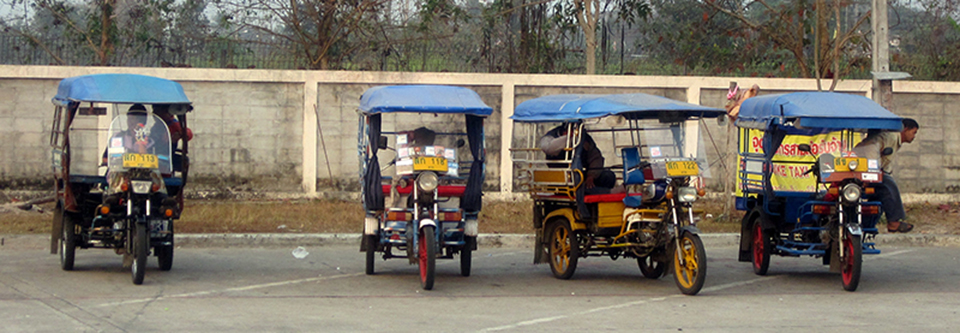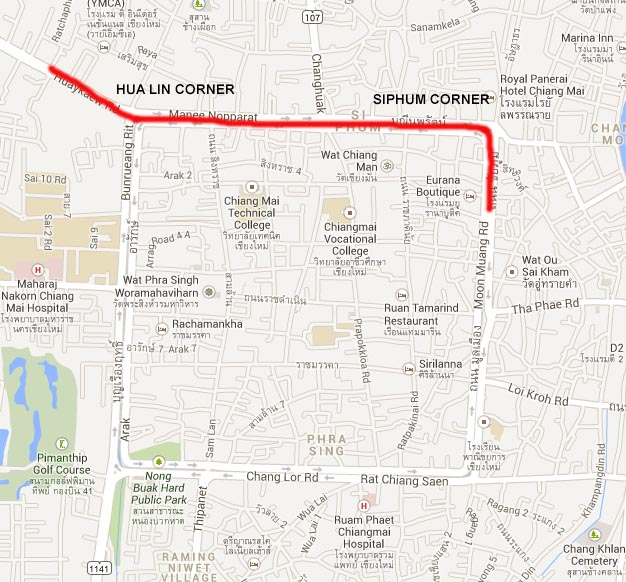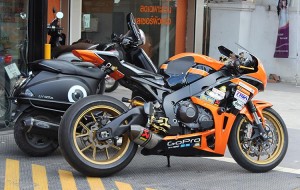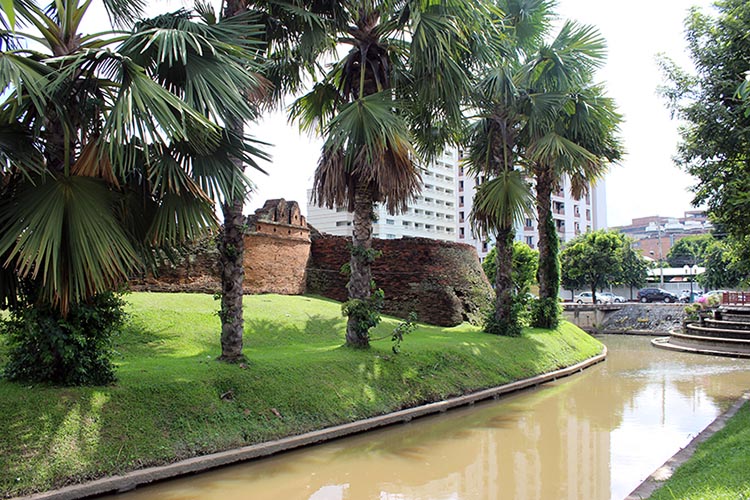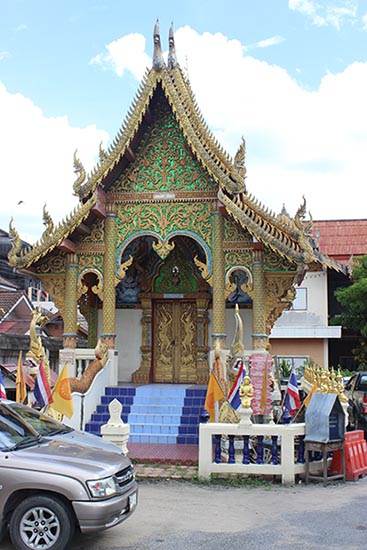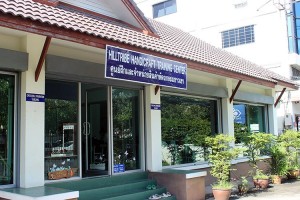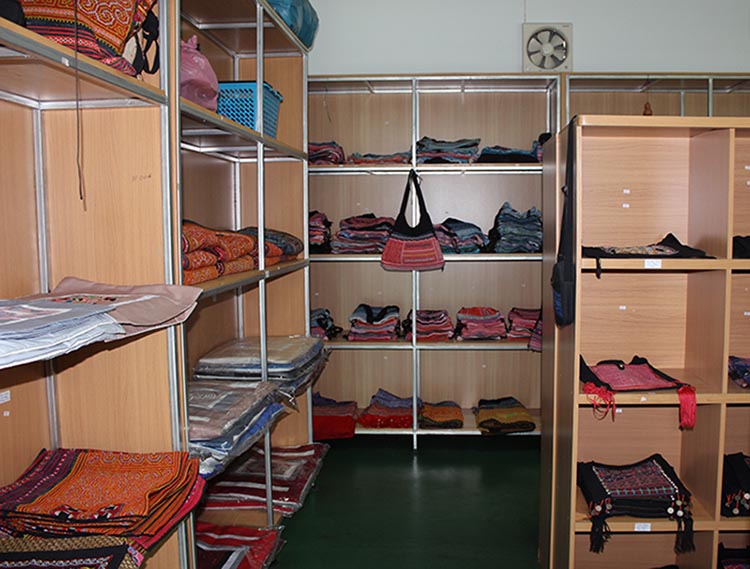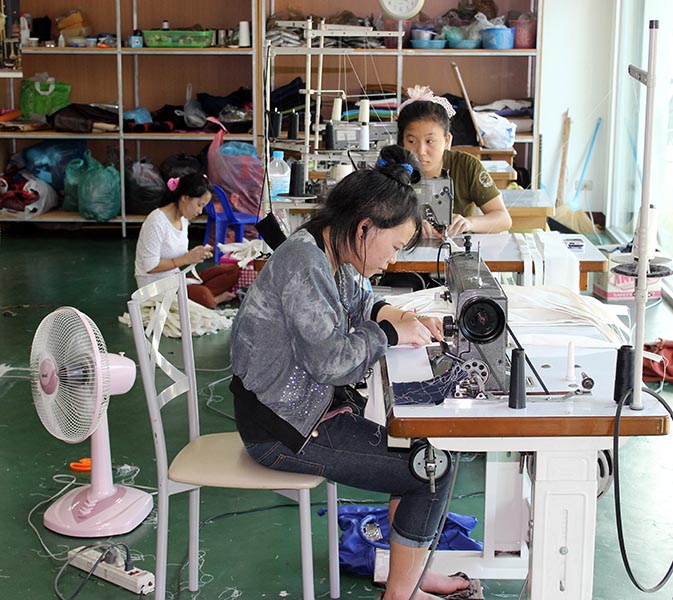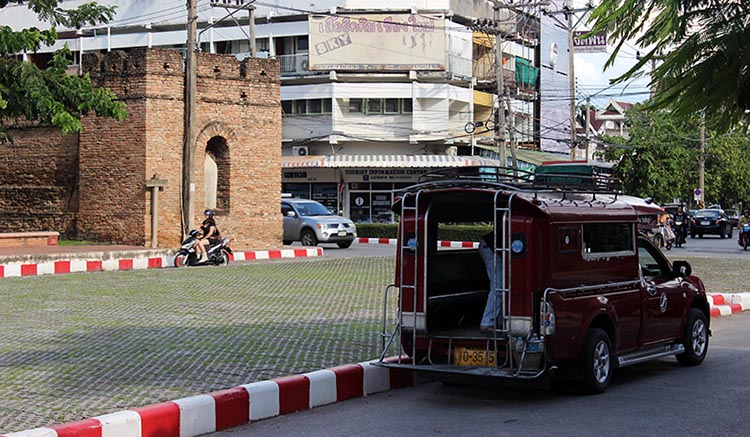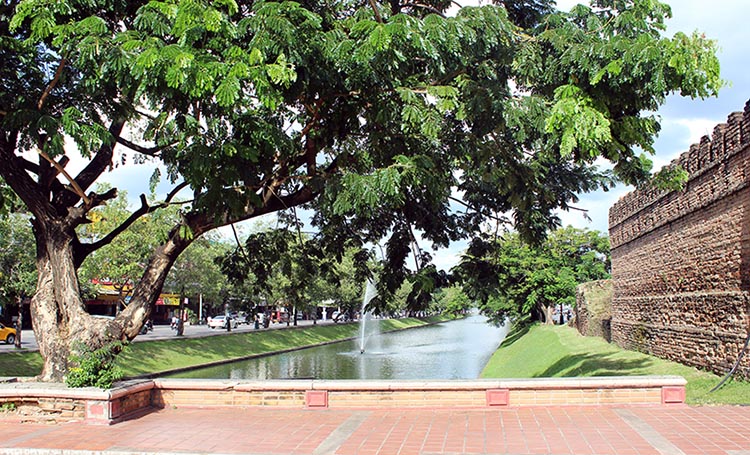Getting to Asia is not that big a deal anymore from many parts of the world. However, once you arrive at your destination, the fun begins. For those that have never experienced leaving the sanctity of an airport in most Asian countries and braving the gauntlet of rogue drivers waiting by the exits, you are in for a surprise. Whether it is hailing a cab in Beijing, jumping on a Bangkok ferry, renting a scooter in Bali, or being scammed by a tuk tuk driver in Chiangmai, there are a few tips every traveler should know. Hopefully, some of the ideas below will help those future global wanderers as they try to “get around in Asia.” Because there are so many different countries each with their own etiquette and things to watch out for, this will just be a short general discussion. Read More
Songthaews – Chiangmai’s Red Pickup Truck Taxis
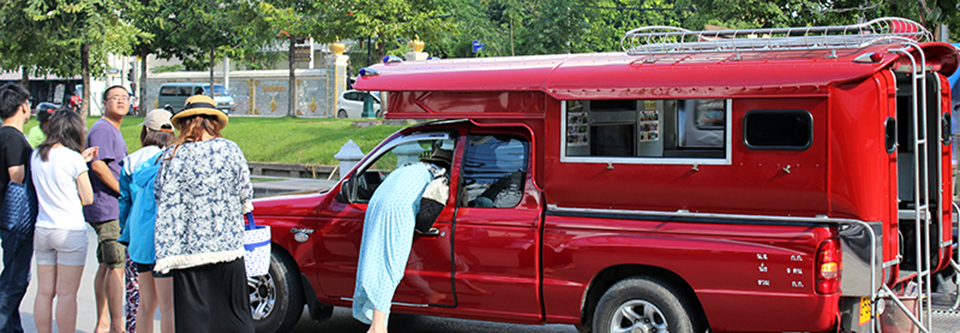
Spend some time in Chiangmai and you will soon realize that there is no bus system, metro or sky train that you can jump into to get from Point A to Point B. Here, the two most common options to choose from are tuk-tuks and songthaews. Tuk-tuks are the small, trike-like vehicles that can carry up to three or four people and are a more expensive way to get around town. They are more commonly used by tourists, especially those that don’t feel comfortable climbing into the back of one of the hundreds of songthaews that continually roam the city looking for passengers.
Riding in the back of a songthaew is the most common way to get around Chiangmai. These red pickups are highly visible and very easy to flag down from the side of almost any street in the city. The covered back of each truck consists of two wooden benches facing each other and,other than scooters, these vehicles are the primary means of transportation around the city. Usually, along with the benches, you’ll also find a variety of ads posted inside for the dozens of tourist sites in and around the city. The only problem many newcomers have is getting up the nerve to flag one down and talk to the driver. Read More
Chiangmai Moat – Part 1
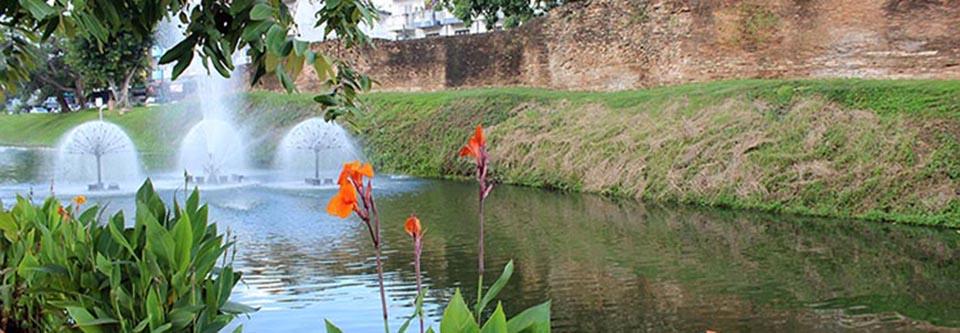
I ‘ m still a newbie to Chiangmai and am yet to find myself wheels to get around, so my wanderings are confined to those places easy to get to on foot. Yesterday, I headed out the door and trucked down to the closest corner of “the moat” to take a stroll and play some more with my new camera! Everything in this city is relative to the historic moat, a usually full, sometimes almost empty ditch of water that surrounds the original, “old city”. Along with the well-preserved moat which was built around 700 years ago , there are bits and pieces of original and reconstructed brick wall, mostly visible at the four corners. In my infinite optimism, I was planning on walking around the whole thing but due to eating and sight-seeing along the way, and bad weather heading my way, I only made it from one corner to the next!
For all you serious runners and walkers out there, the moat stretches a distance of 6.55 km if you walk the inside lane. The outside route is a bit longer at 7.2 km. It is still a big part of the culture here and is used as a landmark for foreigners and locals alike. Along my walk, I saw people fishing, dipping their feet in the water and even swimming.
My little trek started at Hua Lin Corner and ended just past Siphum Corner. It was basically the length of one wall as you can see on the map below. To do that little section and take in the sights along the way took a few hours. And this is only the immediate outside area of this section of the walled city.
One of our two large malls, known locally as Central, is located just before Hua Hin Corner on Huay Kaew Road. It contains our closest large grocery store as well as all the typical shops you will find in a mall anywhere. It is also one of the two main locations for watching movies, both in English and Thai. Before you get to the corner, there is one more point of interest, at least to me, the Pro Superbike shop. They are very Ducati oriented but have a wide variety of bike bling and accessories. Unlike China, you can actually legally own and ride a real motorcycle here! These are definitely out of my league price-wise but lots of fun to drool over!
Heading towards the corner of the wall, you take your life in your hands crossing over to the other side of the road that borders the moat. After six years in China, it makes life as a pedestrian easier but still pretty hairy. And you always have to remember people drive on the other side of the road here. Last week, i forgot to look right as I stepped out and it was almost the last step I made! I stopped in time, but my shoulder smashed into the mirror of the pickup that sped by me. Another inch or two of walking and I would have been a goner. It was a wake-up call, for sure!
One of our local hospitals is located at this corner, the Chiangmai Ram. You can walk in off the street and see a specialist for around $30. Everyone speaks English, and it is a well-oiled machine in terms of efficiency. I will have to write a blog entry sometime about the place. We always seem to become frequent clients of any hospital we are near!
Moving away from the corner, I passed several computer shops and plazas; this is obviously one of the tech areas of the city. Gentle reminder to myself to check back later! Although they didn’t come close to our city block of goliath computer centres in Wuhan, they looked large enough to have a good selection and seemed pretty busy for the middle of a weekday.
The Temples
Very soon after, I ran into the first temple along the way. There are over 300 temples in and around Chiangmai. Wherever you go in the city, there will be a large temple. They vary in size, age and architectural beauty, but each has its own individual characteristics. I tried to keep my eyes open to both sides of the moat and it wasn’t too long before I came across Wat Rajamontean. The sculptures in and around these architectural wonders boggle the mind. They are all free to enter and look around but you must always take your shoes off before entering and be aware of any people who are actually there for their own private time. I came across a few locals making offerings and quietly doing their personal thing and didn’t interrupt them with camera flashes and the like! The monks are always very friendly and will often strike up a conversation with you. I did try to get some info from one young monk but he said he was new and didn’t yet have a lot of info to provide. He had just arrived from Laos!
Moving on down the road, I soon stumbled on yet another temple, Wat Kuan Kama. This is also known as the “horse temple” as soon becomes self-explanatory by looking at the pics below. The coolest part is that I could read the sign and translate it; there was no English to be seen anywhere! My Thai is slowly coming along…
Within sight of these two was yet another temple across the road. There is no end to these things! I had already run across three of them and was not even half-way along this side of the moat. This next one is called Wat Lok Moli and, once again, no English but I could read the sign. This one was very interesting with lots of elephant sculptures scattered around. The original Wat Lok Moli dates back to 1397 but the chedi and the brick base of the ordination hall is all that is left of the original temple. A pagoda is still standing in remarkably good shape, along with a burial chamber, both from the original era. The wooden temple itself was reconstructed in 2003.
Hilltribe Handicraft Training Center
A few coffee shops later, I still was not even at the half-way point along this side of the moat. However, I did come across the Hilltribe Handicraft Training Center. The Seventh Day Adventist Church of Thailand has been working with many hill tribes for the past many years. In 2007, they opened the centre to provide training to students from these hill tribes to produce handcrafts in order to support their families and send their children to school. Students can also earn income themselves during vacation time to help support their own schooling. The shop provides a beautiful variety of handcrafted goods for sale and you can watch the students at work.
Finally, I got to the halfway point and the Chang Phuak Gate. There is a large gate at the halfway point on each of the four sides of the moat. This gate dates back to 1296, when King Mangrai founded the city of Chiangmai. Prior to their coronation, new kings entered the city through this gate. It was reconstructed around 1800 and completely rebuilt in the middle of the last century.
The End!!
Between here and the end of the this side of the moat, I didn’t run across much that caught my eye. A few music shops and a string of other small local businesses. At the final corner, there was a very large group of outdoor food vendors and yet another small, really old temple, tucked away behind the main street. As I turned the corner and walked a little further down, I came across two of the city’s well-known restaurants and a couple of my favourites; Miguel’s, an authentic Mexican place and The House, a higher-end restaurant with a great atmosphere and a wonderful choice of Western and Thai dishes.
I finished off my walk with a great plateful of Chicken Pad Thai and a glass of ice water in a tiny hole-in-the-wall local joint that set me back a little over a buck! It took the whole afternoon to get from one end to the other of this side of the moat. I can’t wait to explore the rest of this great old city in the days and months ahead!

